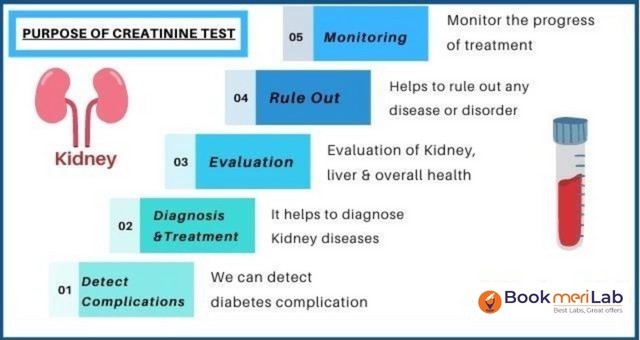A full-term, 24-hour-old infant in the nursery regurgitates and suddenly turns cyanotic. Which immediate intervention should the practical nurse (PN) implement?
Turn the infant onto the right side.
Give oxygen by positive pressure
Suction the oral and nasal passages.
Stimulate the infant to cry.
The Correct Answer is C
The correct answer is choice C. Suction the oral and nasal passages.
Choice A rationale:
Turning the infant onto the right side may not be the most appropriate intervention for cyanosis caused by regurgitation. Cyanosis signifies a lack of oxygen, and simply changing the infant's position might not address the underlying issue.
Choice B rationale:
Giving oxygen by positive pressure is not the immediate intervention needed for regurgitation-induced cyanosis. While administering oxygen is important, the first step should involve clearing the airway to ensure proper oxygenation.
Choice C rationale:
Suctioning the oral and nasal passages is crucial in this situation as the cyanosis is likely due to the infant's airway being obstructed by regurgitated material. Clearing the airway can restore normal breathing and oxygenation.
Choice D rationale:
Stimulating the infant to cry is not the appropriate action when cyanosis is present. Cyanosis indicates a serious problem with oxygenation, and crying may worsen the situation by further compromising the infant's breathing.
Nursing Test Bank
Naxlex Comprehensive Predictor Exams
Related Questions
Correct Answer is B
Explanation
The correct answer is choice B, Serum creatinine. Choice A rationale:
The white blood cell count (WBC) is an important parameter for assessing the body's immune response to infections. While it can provide valuable information about the presence of an infection, it is not directly related to nephrotoxicity. Therefore, it is not the most important laboratory value to review before administering an antibiotic that can cause nephrotoxicity.
Choice B rationale:

Serum creatinine is a crucial laboratory value to assess kidney function. It is a waste product that is filtered by the kidneys, and its level in the blood is a reliable indicator of kidney function. If the serum creatinine level is elevated, it suggests impaired kidney function, which can be a warning sign of nephrotoxicity. Reviewing the serum creatinine level before administering nephrotoxic antibiotics is essential to ensure that the client's kidneys are functioning adequately and to avoid potential harm.
Choice C rationale:
Hemoglobin and hematocrit are indicators of the client's red blood cell count and blood's oxygen-carrying capacity. While these values can provide information about the client's overall health status, they are not directly related to nephrotoxicity. Therefore, they are not the most important laboratory values to review in this particular scenario.
Choice D rationale:
Serum calcium levels are essential for assessing bone health, nerve function, and muscle contractions. However, they are not directly related to nephrotoxicity, and reviewing serum calcium levels alone would not provide sufficient information about kidney function. Hence, it is not the most critical value to review before administering nephrotoxic antibiotics
Correct Answer is B
Explanation
This is the highest priority task and should be completed first because it ensures the safety and quality of care for the clients. The PN should check that all new prescriptions have been administered, documented, and reported as ordered and that there are no errors or omissions.
Whether you are a student looking to ace your exams or a practicing nurse seeking to enhance your expertise , our nursing education contents will empower you with the confidence and competence to make a difference in the lives of patients and become a respected leader in the healthcare field.
Visit Naxlex, invest in your future and unlock endless possibilities with our unparalleled nursing education contents today
Report Wrong Answer on the Current Question
Do you disagree with the answer? If yes, what is your expected answer? Explain.
Kindly be descriptive with the issue you are facing.
